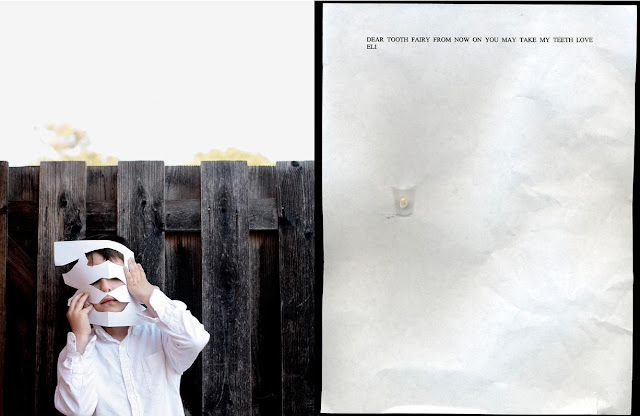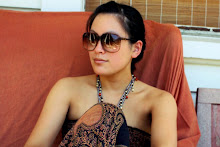
From an Interview with Timothy Archibald on Feature Shoot:
You’ve been photographing your son, Elijah since he was 5 years old. Since then you have found out that he is on the autistic spectrum. How have the images changed or evolved with this discovery?
When I first started photographing Eli, we already knew something was up…something was different with him and the way he engaged with the world. The term “Autistic Spectrum” and all of that never came into it. But he was different, he saw the world differently than I did, was in it in a way that was curious to me. Those differences are the things that made me want to explore him, or more accurately, to explore “the me and him relationship”, with the camera. That was the key for me: it wasn’t really just pictures of a beautiful child, but images about the relationship between he and I and the great unknown at the time. The relationship had the layers and the tension and having the great unknown…this thing I couldn’t understand, that gave us the fuel for the project. The kid…oh, he was just the innocent one.
This is a very personal series, a collaboration between you and your son. What made you decide to make it public as well as release it as a book?
For me, the power of having experiences is the sharing of the experience. It can help others navigate their own situations, it can be cathartic to share on my end, it can open doors and shut doors too. So, you gotta share this creative stuff I always feel. My previous book (Sex Machines : Photographs And Interviews, Process 2005) was like social anthropology- really looking into other’s lives with distanced observation. I wanted to do something less literal, more beautiful, more personal, but with some emotional weight for people to carry with them. As this body of work started to form it seemed like I could do all those things with it.
I’ve always liked what a book can do for a story that has an arc: you can have a beginning, middle, end, work with the pairings, all those book nerd things that come into play, I love those things. But also, I thought a book, its in a home, it’s kinda private, it would probably end up on someone’s kitchen table….very domestic, like the project was. Its not larger than life on the walls of a gallery.
Do you see this as an ongoing project?
It’s most definitely not an ongoing project. I never wanted to be one of these Dad’s who photographed a kid over the entire arc of the kid’s life. It’s just not that interesting to me to see the passage of time. To me this “Echolilia channel” that the photographs were made during, really captures this time when I was really trying to look at the evidence in my kid and my life and figure out this mystery, try to understand this child that I just had a hard time harmonizing with. I thought we both felt like we were digging and mining this situation together to try to figure it out…or figure something out. And in the end we didn’t get any answers…..but amidst it all we built a bridge. Now we’ve met at the middle of the bridge and there is just no need to make these images any more.








0 comments
Post a Comment